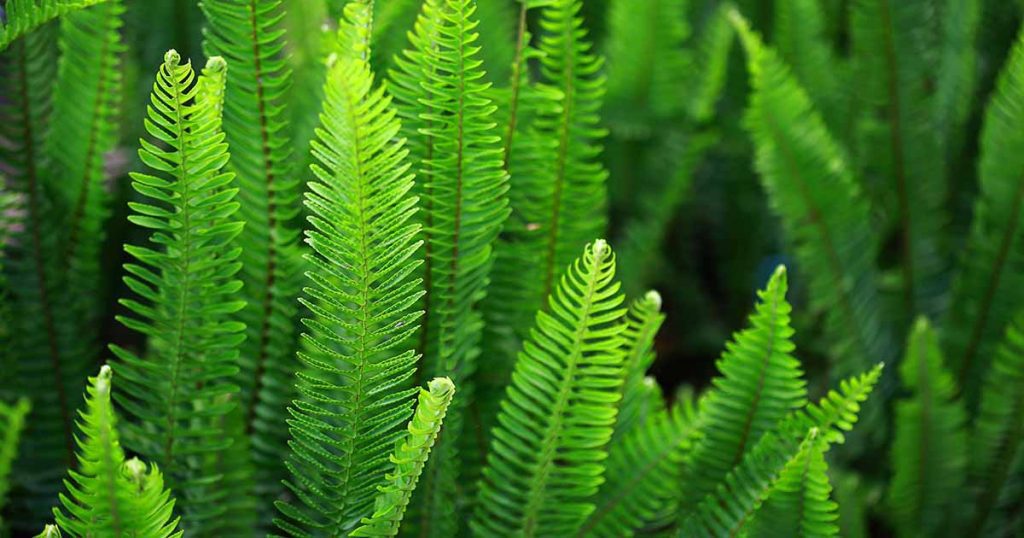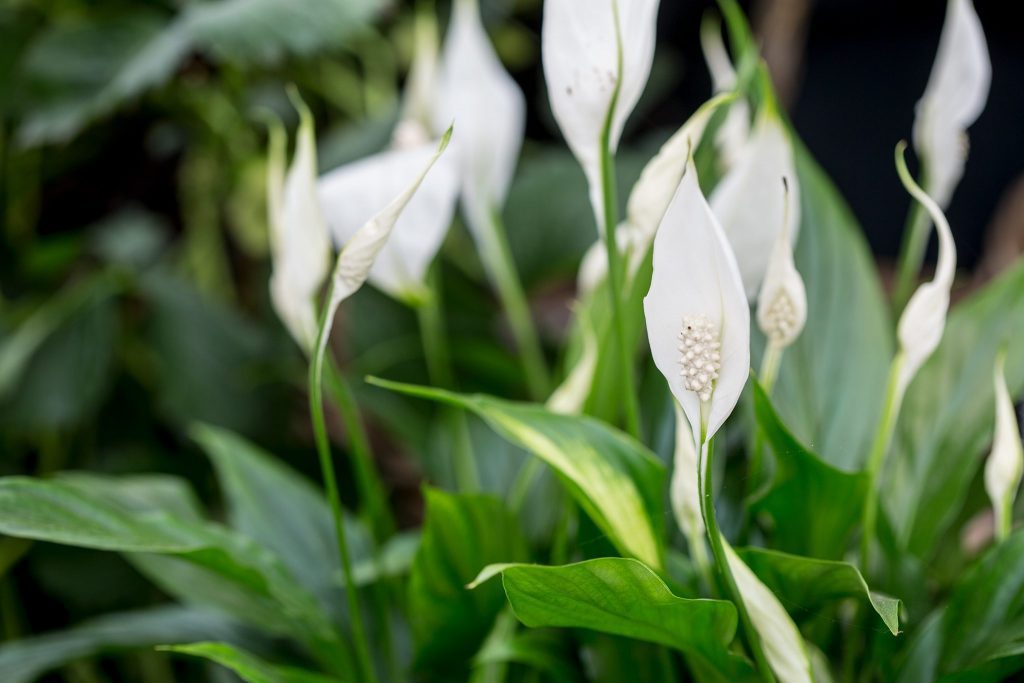An indoor vertical garden is one of the easiest ways to turn a blank wall into a lush, living feature. The right plants can soften hard surfaces, clean the air, and bring a calm, natural feel to even the smallest rooms.
If you’re still figuring out the structure and watering system, start with our Indoor Vertical Plant Wall guide to get the framework in place first.
Contents
- 0.1 What Makes a Good Plant for an Indoor Vertical Garden?
- 0.2 Best Trailing Plants for Indoor Vertical Gardens
- 0.3 Best Compact Foliage Plants for Indoor Vertical Gardens
- 0.4 Best Flowering Plants for Indoor Vertical Gardens
- 0.5 Best Edible Plants for Indoor Vertical Gardens
- 0.6 Matching Plants to Light in Your Indoor Vertical Garden
- 0.7 Care Tips for Plants in an Indoor Vertical Garden
- 0.8 FAQs About Plants for Indoor Vertical Gardens
- 0.9 Final Thoughts on the Best Plants for Your Indoor Vertical Garden
- 0.10 Related Articles
- 1 Use Sensors to Keep Plants Happy Automatically
What Makes a Good Plant for an Indoor Vertical Garden?
Not every plant is happy living in a pocket or panel on the wall. The best plants for an indoor vertical garden share a few things in common:
shallow or moderate root systems
compact or trailing growth, not huge trees or shrubs
tolerance for indoor light and temperature
similar water and humidity needs to neighbouring plants
When you group plants with similar needs together, your indoor vertical garden is easier to care for and stays looking full for longer.
Best Trailing Plants for Indoor Vertical Gardens
Trailing plants create that “waterfall of green” effect that most people want from a vertical garden. They’re perfect for the top or middle rows, where they can spill down and soften the structure.
Pothos (Devil’s Ivy)
Pothos is almost made for vertical gardens. It grows quickly, tolerates a wide range of light, and bounces back well from minor neglect. Use it near the top so its vines can trail down and fill gaps.
Heartleaf Philodendron
This plant has soft, heart-shaped leaves and a gentle trailing habit. It thrives in medium light and pairs well with ferns and other foliage plants.
English Ivy
Ivy can create a dense, classic “green wall” look. Indoors, it prefers bright, indirect light and slightly cooler rooms. Keep it trimmed so it doesn’t smother neighbouring plants.
If you’re just starting out, a set of indoor wall-mounted planter pockets makes it easy to tuck trailing plants into the top row and let them cascade down over time.

Best Compact Foliage Plants for Indoor Vertical Gardens
Compact foliage plants fill out pockets and panels without taking over the entire structure. They’re great for mid-level rows and the sides of your indoor vertical garden.
Ferns
Smaller ferns like Boston fern or maidenhair fern love humidity and filtered light. They’re ideal for bathrooms, near humidifiers, or in rooms where the air doesn’t get too dry.
Peperomia
Peperomia species stay naturally small and come in many leaf shapes and colours. They’re perfect for adding texture and interest without lots of pruning.
Fittonia (Nerve Plant)
Fittonia brings colour with its patterned leaves and thrives in slightly shadier pockets with consistently moist soil. It works well lower down where water tends to linger a bit longer.
Small Calatheas
Dwarf Calathea varieties add bold patterns and rich tones. They appreciate humidity and softer light, so they’re better away from harsh windows.

Best Flowering Plants for Indoor Vertical Gardens
Flowering plants can act as focal points within an indoor vertical garden, adding pops of colour among the green.
Peace Lily
Peace lilies produce elegant white flowers and glossy leaves. They’re good for medium-light vertical gardens with deeper pockets so their roots have enough room.
Mini Orchids
Small orchids can be tucked into pockets or mounted on pieces of bark fixed to a frame. They like bright, indirect light and good airflow.
Bromeliads
Bromeliads offer long-lasting colourful bracts and rosette-shaped foliage. They enjoy humidity and look fantastic positioned at eye level as statement plants.
RHS advice on planting living walls suggests using tough foliage plants as the “backbone” of a vertical garden, then adding a few flowering species as accents rather than trying to cover the whole wall with flowers.

Best Edible Plants for Indoor Vertical Gardens
Indoor vertical gardens don’t have to be purely decorative. With the right setup, you can turn part of your wall into a mini kitchen garden.
Herbs
Basil, parsley, coriander, chives, thyme, and mint all work well in deeper pockets with drainage and bright light. Group herbs with similar watering needs together for easier care.
Leafy Greens
Lettuces, rocket, and baby spinach grow quickly and can be harvested leaf-by-leaf. They’re ideal for vertical troughs or wider pockets near the kitchen.
Strawberries
Compact strawberry varieties can be grown in vertical planters in a bright spot. Their trailing growth and white flowers look great while you wait for fruit.
If you want to grow more food with less guesswork, a modular vertical hydroponic garden kit can deliver water and nutrients evenly while still using wall space efficiently.
Matching Plants to Light in Your Indoor Vertical Garden
Light is one of the biggest factors in choosing plants for an indoor vertical garden.
Bright, indirect light: pothos, ivy, many herbs, compact strawberries, small orchids, bromeliads.
Medium light: ferns, heartleaf philodendron, peperomia, peace lily, some Calatheas.
Low light: tough ferns and some philodendrons or pothos varieties (though growth will be slower).
The higher sections of a vertical garden usually get more light and warmth, while lower pockets can be cooler and slightly shadier. Place light-loving plants towards the top and shade-tolerant plants lower down for best results.
Care Tips for Plants in an Indoor Vertical Garden
Plants in vertical gardens dry out and feed differently than those in standard pots, so a few simple habits help keep everything healthy.
Water evenly: check each pocket or panel, not just one area. Water until excess drains away.
Feed lightly: use a diluted liquid fertiliser every few weeks during the growing season.
Prune regularly: trim trailing vines so they don’t block light or airflow. Remove yellow or damaged leaves.
Rotate or replace: if a plant isn’t happy in one position, move it to another spot or swap it for a tougher variety. Vertical gardens are meant to be flexible.
FAQs About Plants for Indoor Vertical Gardens
1. Do I need special plants for an indoor vertical garden?
Not special, but you do need plants with shallow roots and growth habits that suit pockets or panels. Trailing vines and compact foliage plants are usually the easiest options.
2. Can I grow succulents in an indoor vertical garden?
You can, but they need very bright light and excellent drainage. Succulents are usually happier in vertical frames designed specifically for them rather than fabric pockets.
3. How often should I water a vertical garden indoors?
It depends on light, temperature, and plant type, but most vertical gardens need checking several times a week. Water when the top of each pocket feels dry instead of sticking to a strict calendar.
4. Can I mix edible and decorative plants together?
Yes, as long as they share similar light and watering needs. Many people keep herbs in one section and foliage plants in another to make care easier.
5. What are the easiest plants to start with?
Pothos, heartleaf philodendron, tough ferns, and peperomia are all forgiving choices that adapt well to vertical gardens.
Final Thoughts on the Best Plants for Your Indoor Vertical Garden
Choosing the best plants for your indoor vertical garden is all about matching growth habits and care needs to your space. Trailing vines, compact foliage plants, and a few carefully chosen flowering or edible options can turn a plain wall into a living feature that’s both beautiful and manageable. Start with reliable, easy-care species, place them according to your light levels, and add more adventurous plants as your confidence grows.
With thoughtful plant choices and a simple care routine, your indoor vertical garden will stay lush, healthy, and enjoyable for years.
Related Articles
MAKE YOUR VERTICAL GARDEN SMARTER
Use Sensors to Keep Plants Happy Automatically
Once your indoor vertical garden is planted, a few simple sensors can take the guesswork out of care. Learn how moisture, light, and temperature sensors help you spot problems early, water at the right time, and keep every pocket on your wall thriving.

